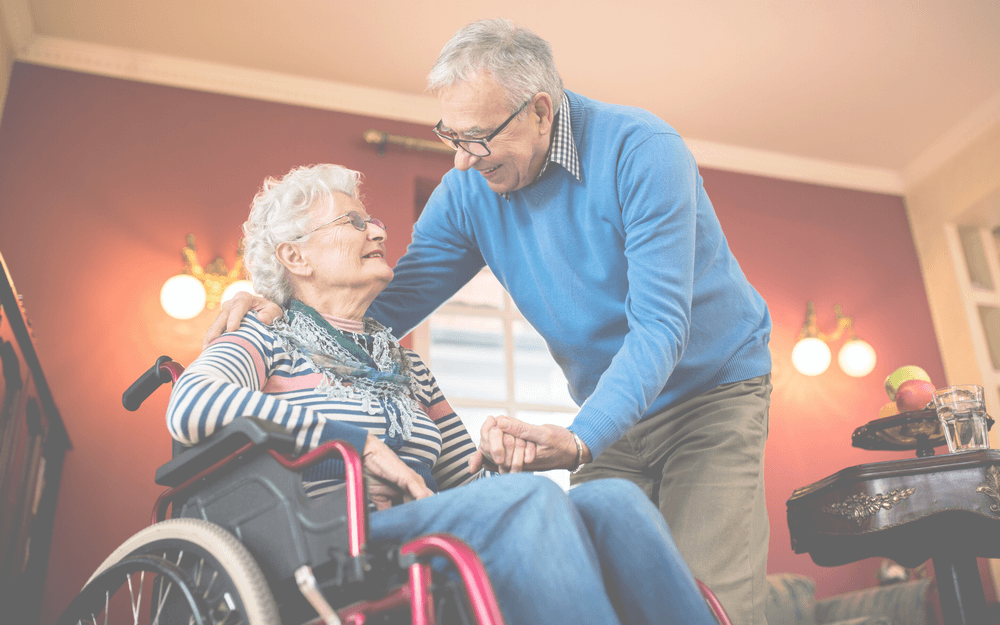Lets Start By Going Over 3 Basics About Live-in Care

What services do live-ins offer?
Private hire live-ins do almost anything that a family member would do to help out by moving in with the care recipient. That includes keeping the house maintained, cooking and cleaning, assisting mom or dad with any thing that they need physical help with (dressing, bathing, grooming, toileting, walking, and transferring)
They will feed the cat , walk the dog, water the garden, and bring in the mail. They will assist with food-shopping, drive mom to see some of her friends, or dad to the VFW fundraiser dinner.
A private hire live-in can assist with medications, take dad to the foot doctor, or mom to dialysis 3x a week. They can be like a personal assistant to the care recipient, or in memory care cases like dementia, take charge and safely guide the care recipient through the day.
A live-in will help your parents stay living safe at their own home years longer then would otherwise be possible, to the great joy of mom or dad.
Live-ins Offer The Below Services


What's the difference between 24-hr care and live-in?
There are some very big differences between 24/7 hourly home care and live-in care. Both serve to keep a care recipient safe at home when they can’t do so by themselves anymore.
Let’s start with live-in care, which is what Grandma Joan helps families with.
A single caregiver will move into a spare bedroom in the care recipient’s home and attend to the care recipient as needed all day long, then sleepover “just in case” help is needed overnight. Its the same person all month long. Not multiple people coming and going all day and night. Best for continuity of care.
A live-in usually works intermittently throughout the day, as needed, but then gets an unpaid* sleep shift of 8 hrs off each night. For these 8 hrs, they are on-call (except CA). They will always get up in case of an emergency or to help them to the commode, but otherwise, they need to be left alone to sleep and recharge. If they are called to work during their sleep shift, they need to sign in/out for that additional time worked.
Most 7 day live-in cases are done with the live-in covering 6 days / 7 nights and the family or a separate home care agency providing coverage for the live-ins weekly or monthly time off.
Some live-ins prefer doing 7 day, with no or little unpaid time off, and then take a monthly break of a 2-3 day weekend off. Others prefer to have a weekly shift off, say 8hr-24hrs, but not require any monthly time off.
In our experience, both groups last longer if they are given the oppertunity to take a week off every 6 months or so.
24 hr home care, on the other hand, is for care recipients that need physical help or monitoring regularly during both days and during overnights. This is commonly used when someone needs to be watched most of the time for safety reasons.
Usually, 2-3 different caregivers come to the home each day and work 8-12 hour shifts in the home. To avoid overtime, agencies typically schedule 4-8 different people each month to fill all the shifts. It can be challenging to manage, as people call in sick or are running late and people are always coming and going. This type of care used to be only used in very high-needs cases because of the challenge of making it work and the crushing cost to the family. Most agencies charge a min of $792 per day and $24,090 per month for the service. CA averages $25k-$35k per month.

Who does live-in care?
Generally speaking, the majority of professional live-in caregivers are foreign born, American women from 30-60 yrs old. There are plenty of exceptions of course, and about 3% are men.
In our experience, most of the American born caregivers prefer hourly shifts instead of live-in.
If you do the math, a live in is at work daily during three 8 hr shifts. That puts them at work the equivalent of 3 months for every one month that every one else works normal 8 hr workdays. They are at work an entire years worth of hours in just 4 months. Of course they are allowed to sleep on one of those shifts, but at work, not at home. Wow!
It’s a huge sacrifice to their own life, family, and friends that they make to move into and live with “strangers” who need help. Most people born in the US have too many other oppertunities available to make such a great sacrifice.
On the other side we have immigrants who have become Americans but are from countries where elders are still held in very high regards and caring for them is a good position with purpose and meaning. The pay is low per hour, but overall the monthly amount is substantial for them to bank or use to support their family in their absence. They are fluent in English, and most have been here for years taking care of American seniors at home.
That being said, there are people who were born in the US that find that they love the position too, but they are less common in most parts of the country, and generally prefer 8-12 hour shifts instead of live-in positions.

*To learn about the federal law that governs domestic live-ins, and the pertinent requirements, visit the US Dept of Labor website using this link:
https://www.dol.gov/whd/homecare/faq.htm#livein

Want to know more?
See if live-in care is a viable option for your location and situation. We are here to help, and LOVE what we do.



